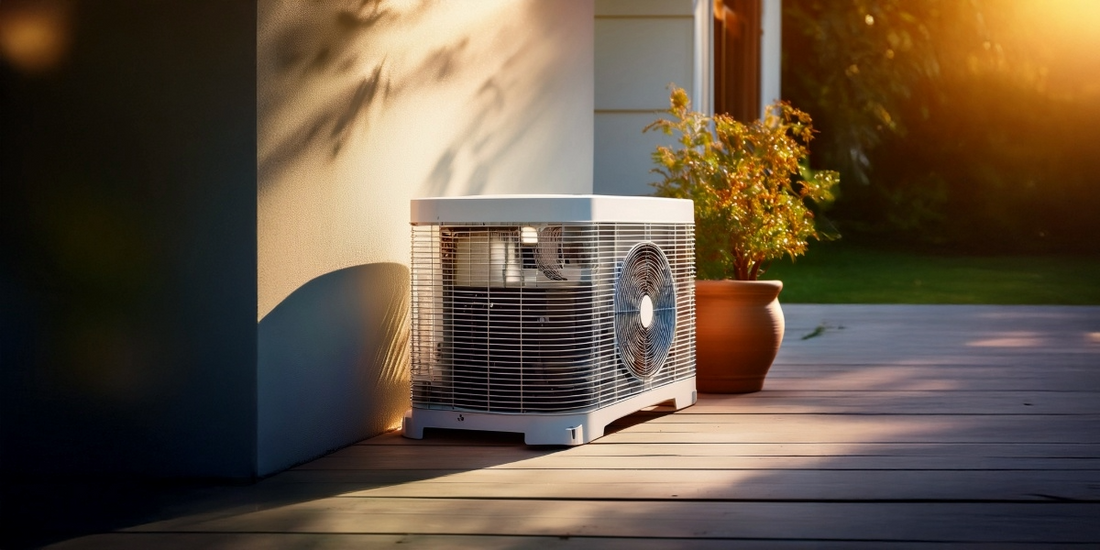What to Know Before Installing a Heat Pump in Your Home
Sep 4th 2025
Heat pumps are becoming increasingly popular as an energy-efficient and eco-friendly alternative to traditional heating and cooling systems. However, before you make the leap, it’s important to understand the key factors involved in installing a heat pump in your home. Here’s what you need to know to ensure a successful installation and long-term satisfaction.
1. Assess Your Home’s Energy Efficiency
Before installing a heat pump, evaluate your home’s overall energy efficiency. Well-insulated homes retain heat better, maximizing the performance and efficiency of your heat pump. Check for drafts, upgrade insulation, and consider energy-efficient windows to get the most out of your investment.
2. Choose the Right Type of Heat Pump
There are different types of heat pumps to suit various needs:
- Air-Source Heat Pumps: Ideal for moderate climates and the most common type for residential use.
- Ground-Source (Geothermal) Heat Pumps: More efficient but require higher upfront installation costs and suitable land for installation.
- Ductless Mini-Split Systems: Great for homes without existing ductwork or for specific zones. Work with a professional to determine which option is best for your home’s layout and climate.
3. Understand the Climate Compatibility
While modern heat pumps can operate efficiently in colder climates, extreme conditions may require supplemental heating. Ensure the system you choose is rated for your local weather patterns to avoid performance issues.
4. Evaluate Your Existing HVAC Infrastructure
If your home already has ductwork, an air-source heat pump can integrate into your existing system with minimal modifications. For homes without ducts, ductless mini-splits are an excellent alternative. Understanding your home’s current setup will guide your choice.
5. Consider the Placement
The location of your heat pump’s outdoor unit is crucial for optimal performance. Ensure it is placed in a shaded, well-ventilated area to maximize efficiency. Avoid locations near windows or bedrooms to minimize noise disturbances.
6. Plan for Maintenance
Regular maintenance is essential to keep your heat pump running efficiently. This includes cleaning filters, checking refrigerant levels, and inspecting components for wear and tear. Partnering with a trusted HVAC professional can help extend the lifespan of your system.
7. Check for Rebates and Incentives
Many local and federal programs offer rebates or incentives for installing energy-efficient systems like heat pumps. These can significantly offset upfront costs, making the transition more affordable.
Final Thoughts
Installing a heat pump is a smart move for energy efficiency, comfort, and environmental sustainability. By understanding your home’s needs and working with experienced professionals, you can ensure a seamless installation and long-term benefits. Trust HEATRetro to guide you through the process and make your home greener and more comfortable than ever.
Contact HEATRetro for Expert Heat Pump Solutions
Ready to install a heat pump in your home? HEATRetro specializes in providing tailored heat pump solutions that meet your specific needs. Contact us today to explore your options, learn about available incentives, and take the next step toward a more energy-efficient home.

